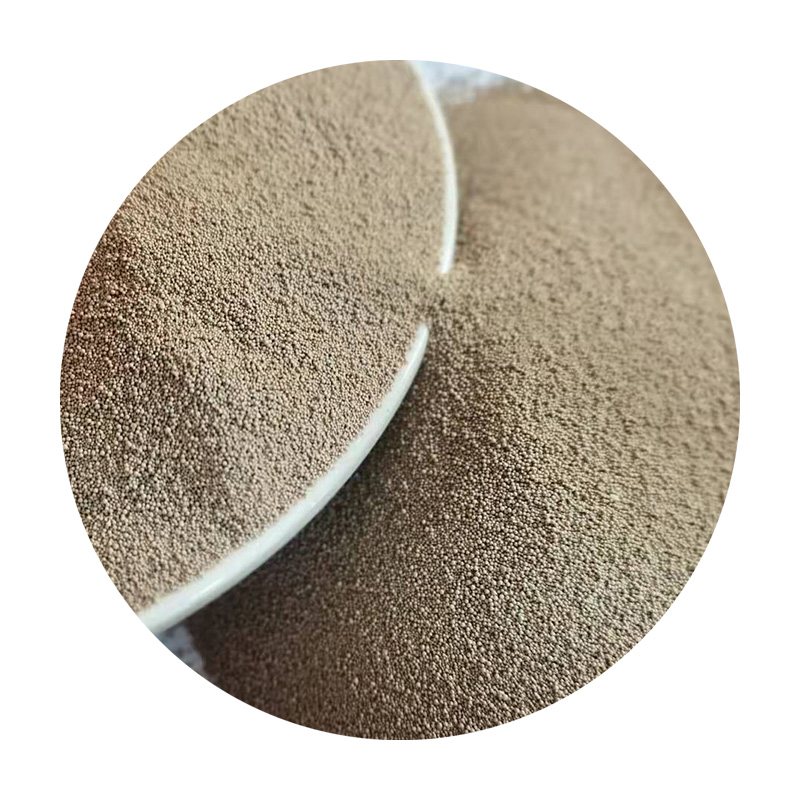Can I Sand Resin? A Comprehensive Guide
Resin crafting has gained immense popularity in recent years, with artists and hobbyists creating stunning pieces of jewelry, artwork, and home decor. One common question that arises during the resin crafting process is, Can I sand resin? The answer is yes, but there are important considerations and techniques to follow to ensure a successful outcome.
Understanding Resin
Before diving into the sanding process, it’s essential to understand what resin is. Resin is a synthetic compound that can take on a glass-like finish once cured. Epoxy resin, in particular, is favored for its clarity and durability. While it's chemically robust, cured resin can still benefit from sanding to achieve a smoother surface or prepare for further finishing touches.
When to Sand Resin
It's crucial to know when to sand your resin piece. Generally, the best time to sand is after the resin has fully cured. This period can vary depending on the type of resin and environmental conditions, but a common curing time is between 24 and 72 hours. You can test whether the resin is ready for sanding by pressing a fingernail lightly onto the surface. If it leaves an imprint, it's still too soft.
Choosing the Right Sandpaper
The choice of sandpaper is pivotal for effective sanding. Start with a coarser grit, such as 60 or 80 grit, for leveling out significant imperfections or rough areas. Gradually move to finer grits (120, 220, and up to 400 or 600 grit) to achieve a smoother finish. Using a progression of grits prevents deep scratches that could be visible in the final product.
can i sand resin

Sanding Techniques
When sanding, it's best to use firm, even pressure in a circular motion. Avoid sanding the same spot for too long, as this can lead to uneven surfaces or create grooves. For intricate or detailed areas, consider using sanding sticks or sponges that can fit into small corners and curves.
Safety Precautions
Always prioritize safety when sanding resin. Wear a dust mask or respirator to avoid inhaling fine resin particles, which can be harmful. Protective eyewear is also recommended to shield your eyes from dust. Working in a well-ventilated area is crucial to minimize exposure to any fumes released during sanding.
Post-Sanding Surface Finish
After sanding, the resin surface will likely appear cloudy or dull due to the abrasion. To restore its clarity, polishing is necessary. You can use a polishing compound or a resin polishing solution, applying it with a soft cloth or pad. Buff the surface gently until the desired shine is achieved.
Conclusion
In conclusion, sanding resin is indeed possible and can significantly enhance the final look of your project. By choosing the right sandpaper, employing effective sanding techniques, and taking safety precautions, you can achieve a beautifully finished piece. With practice and patience, your resin creations will shine with clarity and precision, showcasing your artistic vision and craftsmanship. Whether creating art or functional items, mastering the art of sanding resin is a valuable skill for any resin enthusiast.
Post time:سېنتەبىر . 08, 2024 04:35
Next:steps of sand casting
